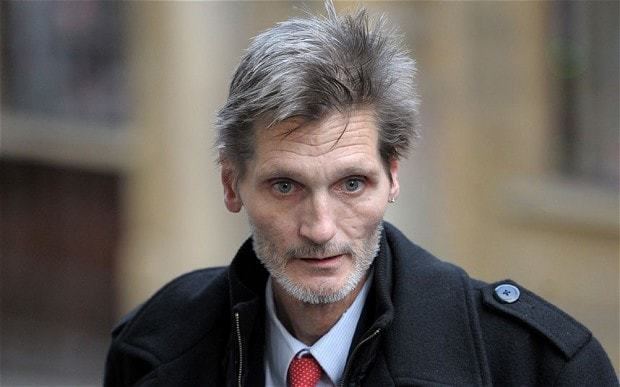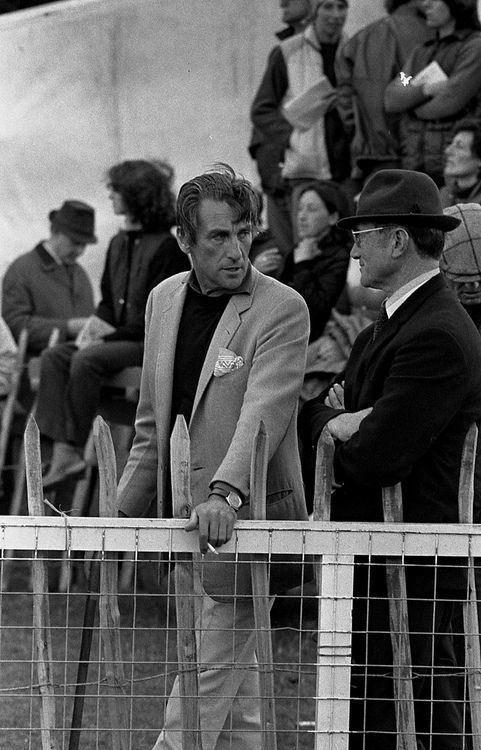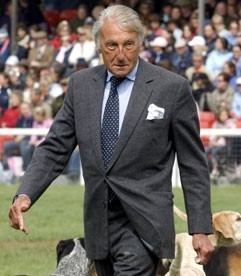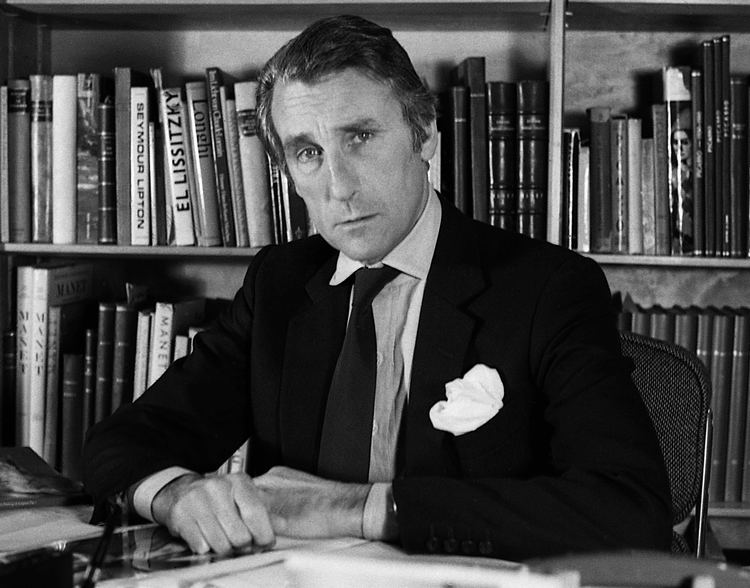Creation date 2 December 1682 | ||
 | ||
Present holder David Somerset, 11th Duke Heir apparent Henry Somerset, Marquess of Worcester | ||
Duke of Beaufort, a title in the Peerage of England, was created by Charles II in 1682 for Henry Somerset, 3rd Marquess of Worcester, a descendant of Charles Somerset, 1st Earl of Worcester, legitimized son of Henry Beaufort, 3rd Duke of Somerset, a Lancastrian leader in the Wars of the Roses. The name Beaufort refers to a castle in Champagne, France (now Montmorency-Beaufort). It is the only current dukedom to take its name from a place outside the British Isles.
Contents

The Dukes of Beaufort descend in the male line from the House of Plantagenet through John of Gaunt and Edward III. Beaufort Castle was a possession of John of Gaunt, and the surname Beaufort was given to Gaunt's four legitimised children by his mistress and third wife, Katherine Swynford. This was the foundation of the House of Beaufort, Dukes of Somerset. A descendant of the Beauforts through his mother was Henry Tudor, who became Henry VII of England. Charles Somerset, 1st Earl of Worcester, KG (c. 1460 – 15 March 1526) was the bastard son of Henry Beaufort, 3rd Duke of Somerset by his mistress Joan Hill.
The Duke of Beaufort holds two subsidiary titles: Marquess of Worcester (created 1642) and Earl of Worcester (1514). The title Marquess of Worcester is used as a courtesy title by the duke's eldest son and heir. The title Earl of Glamorgan is used by the eldest son of the heir apparent to the dukedom. The Earl of Glamorgan's eldest son is known as Viscount Grosmont. The Earldom of Glamorgan and Viscountcy of Grosmont derive from an irregular creation by Charles I in 1644 in favour of Edward Somerset, who later succeeded his father as 2nd Marquess of Worcester.

Although the Earldom of Glamorgan and Viscountcy of Grosmont were not recognised as substantive titles at the restoration of Charles II, because of irregularities in the patent of creation, they have nevertheless continued to be used as convenient courtesy titles in order to distinguish the bearer from the Marquess of Worcester as heir apparent, the Earldom of Worcester not being distinctive enough for this purpose. All subsidiary titles are in the Peerage of England.

Field Marshal The Lord Raglan, born Lord FitzRoy Somerset (1788-1855), was the youngest son of the fifth duke.
The family seat was once Raglan Castle, Monmouthshire, but as of 2017 is Badminton House near Chipping Sodbury in Gloucestershire. The principal burial place of the Dukes and Duchesses of Beaufort is St Michael and All Angels Church, Badminton.
Following the creation of the dukedom, each successive duke has served as Master of the Duke of Beaufort's Hunt, a foxhound pack kenneled on the Badminton Estate.
Earls of Worcester (1514)
For previous creations of the same title, see Earl of Worcester.Marquesses of Worcester (1642)
Other titles: Earl of Worcester (1514) and Baron Herbert (1461)Dukes of Beaufort (1682)
Other titles: Marquesses of Worcester (1642) and Earl of Worcester (1514)Other titles (1st–10th Dukes): Baron Herbert (1461)The heir apparent is Henry John FitzRoy Somerset, Marquess of Worcester (b. 22 May 1952), eldest son of the 11th Duke.
The heir apparent's heir apparent is his son Henry Robert FitzRoy Somerset, Earl of Glamorgan (b. 20 January 1989), his eldest son.
Coat of arms
The heraldic blazon for the coat of arms of the dukedom is: Quarterly, 1st and 4th, azure three fleurs-de-lys or (for France); 2nd and 3rd, gules three lions passant guardant in pale or (for England), all within a bordure compony argent and azure.
This can be translated as: a shield divided into quarters, the top left and bottom right quarters are blue with three golden fleurs-de-lys (for France), and the top right and bottom left quarters are red with three golden lions passant with their faces toward the viewer, one above the other (for England); the foregoing quarters are within a border around the shield with segments alternating white and blue.
In heraldry, a bordure compony is traditionally used to designate illegitimacy. Since the original Beaufort siblings' father was of the English royal family, the English royal arms are used. At that time, the king of England also claimed the French crown, hence the inclusion of the French royal arms.
